Description
3d Files and Freecad Project can be found under: https://www.printables.com/model/993043-portable-pi-80
NEW: Check out the new Printables Project
https://www.printables.com/model/1088904-portable-pi-rdx
Now Other SBCs are possible, basically all Zero Format SBCs plus the powerful Radxa Zero 2 Pro.
Radxa Zero Pro 3 Expansion:
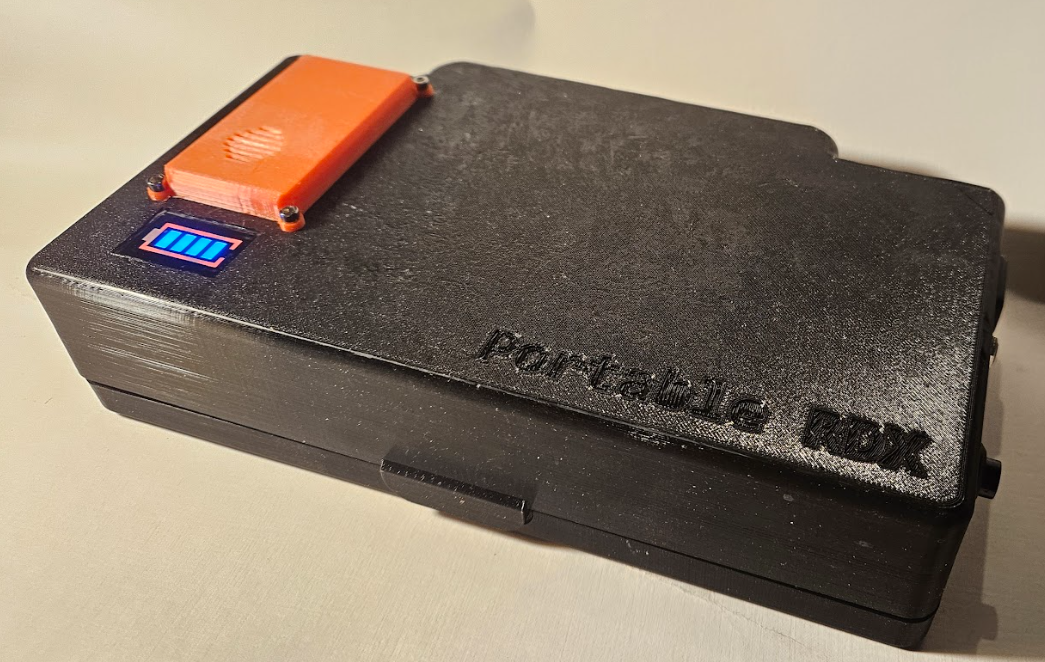
Expansion Case for any Zero Format SBC.

Remark: All links to amazon are affiliates links.
Audio:
I ordered some TRRS Jacks Male and Female:

This doesn't mean that microphone will work.

Instead of the above plug you may sacrifice an old headphone cable, but it must be TRRS. (3 Rings)
Plug Detection is working with short of Microphone to Ground. Amplifier for speaker is shutdown then.
Thanks goes to bootdsc from the Cyberdeck Cafe discord for his help!
Check out his Homepage: https://cyberdeck.cafe/
Example:

Screen:

Waveshare Direct: https://www.waveshare.com/zero-disp-7a.htm
Pi Zero 2W:
| EU | US | |
| Amazon Link | https://amzn.to/3XFceRI | https://amzn.to/3BcRcCa |
Printing:
Put the biggest surface on the bottom. Use tree support.
You will need about 350 gram filament.


The bevel on the screen cover should be top.


Keyboard:
The keyboard is a Contra 40%. 'You can order it on KEEB (https://keebd.com/products/contra-40-keyboard-kit) or use the github (https://github.com/ai03-2725/Contra) to let it made by a PBC manufactory.
Some quirks with the build process. You have to wire the board and the PBC.
Alternate:
You may also go the route of hand wiring the keyboard. You have the keyboard casket as stl file.
PortablePi80_V17-BOTTOMContraTopPlate 1.stl

A short description how to do this is on my other project ( portable-pi-84 ) and there are a lot of how-to on the internet.
With PCB:
Make the wiring before soldering the switches!

It helped me to solder the wires and lable them with a tape:

Like C1 for column 1 and R2 for Row 2.
Row and Colum Map:

As I soldered it to the nano i marked which wire is soldered to which pin. This is needed for the configuration in KMK.

Keep wires in a useful length. It is no place for the nano board underneath the keyboard.
You can place the board in the middle between the 3 screw holes.
For the keyboard software I use Circuit Python with KMK. You need to install Circuit Python and the KMK.
The code.py configuration is included. You may need to take care of the row and column gpio configuration.
# Cols
keyboard.col_pins = (board.GP6, board.GP5, board.GP4, board.GP3, board.GP2, board.GP1, board.GP12, board.GP11, board.GP10, board.GP9, board.GP8, board.GP7)
# Rows
keyboard.row_pins = (board.GP21, board.GP20, board.GP19, board.GP18)
Remark: In seems in the newer version of KMK you may have to change
keyboard.diode_orientation = DiodeOrientation.COL2ROW
keyboard.diode_orientation = DiodeOrientation.ROW2COL
Was for me the case because the keys where not registered but the diodes where all correct.
Keymap:

Keyswitches:

The right Gateron switches will not fit because the center stem is to big and the pins are missaligned. It must be cherry style.
Battery:

Please be carefully not to short any connection. Check for shorts before insert the Batteries!
Charger must be 2S


Voltage must be adjusted with Poti on DC-DC Converter to 5 Volt output.

Battery Meter Preparation:

Board Placement:

TOP:
Overview: (blue switch on the right is outdated)

Power:
USB-C Connector

Red to VCC and Black to ground. Please check product page of connector where GND and VCC is. I have two USB-C connector and they are sometimes...
Read more » Michael Mayer
Michael Mayer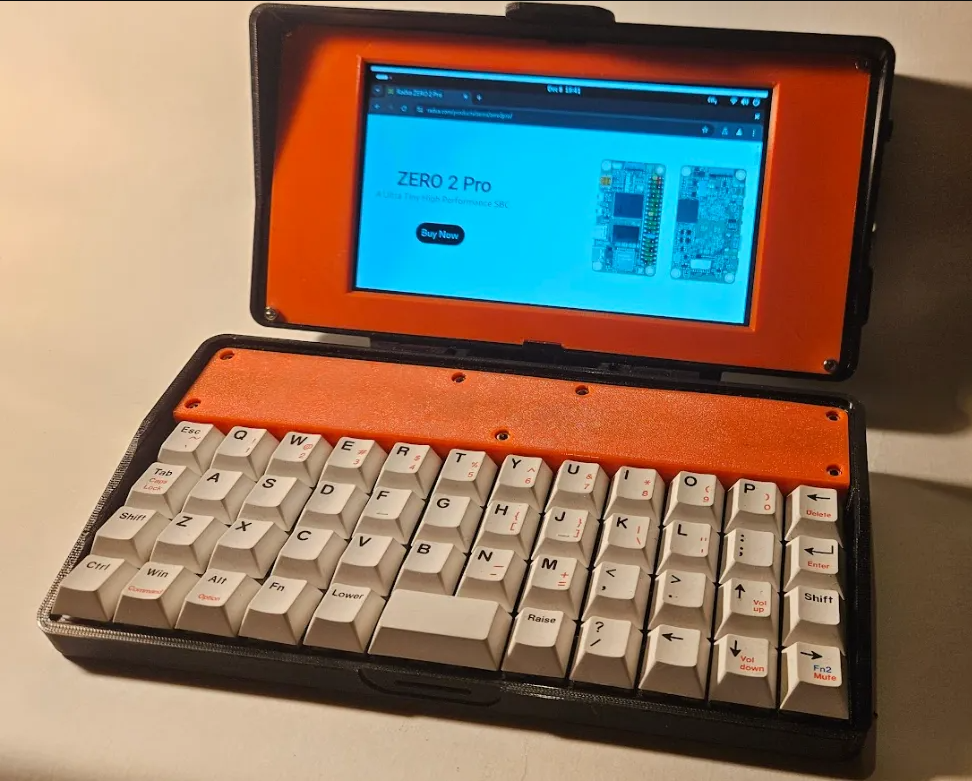
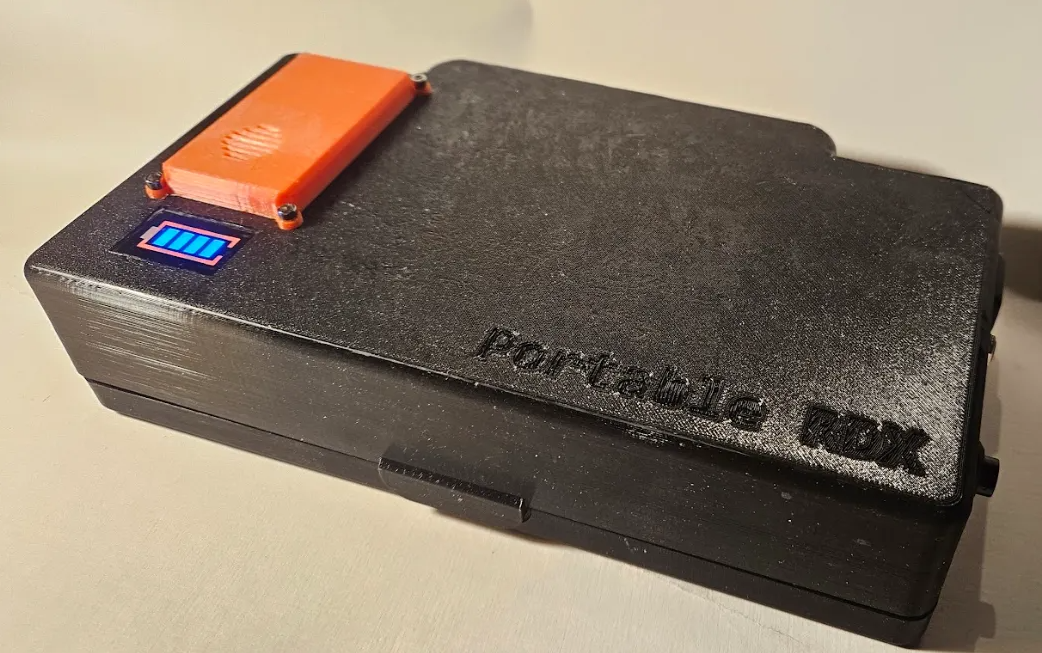
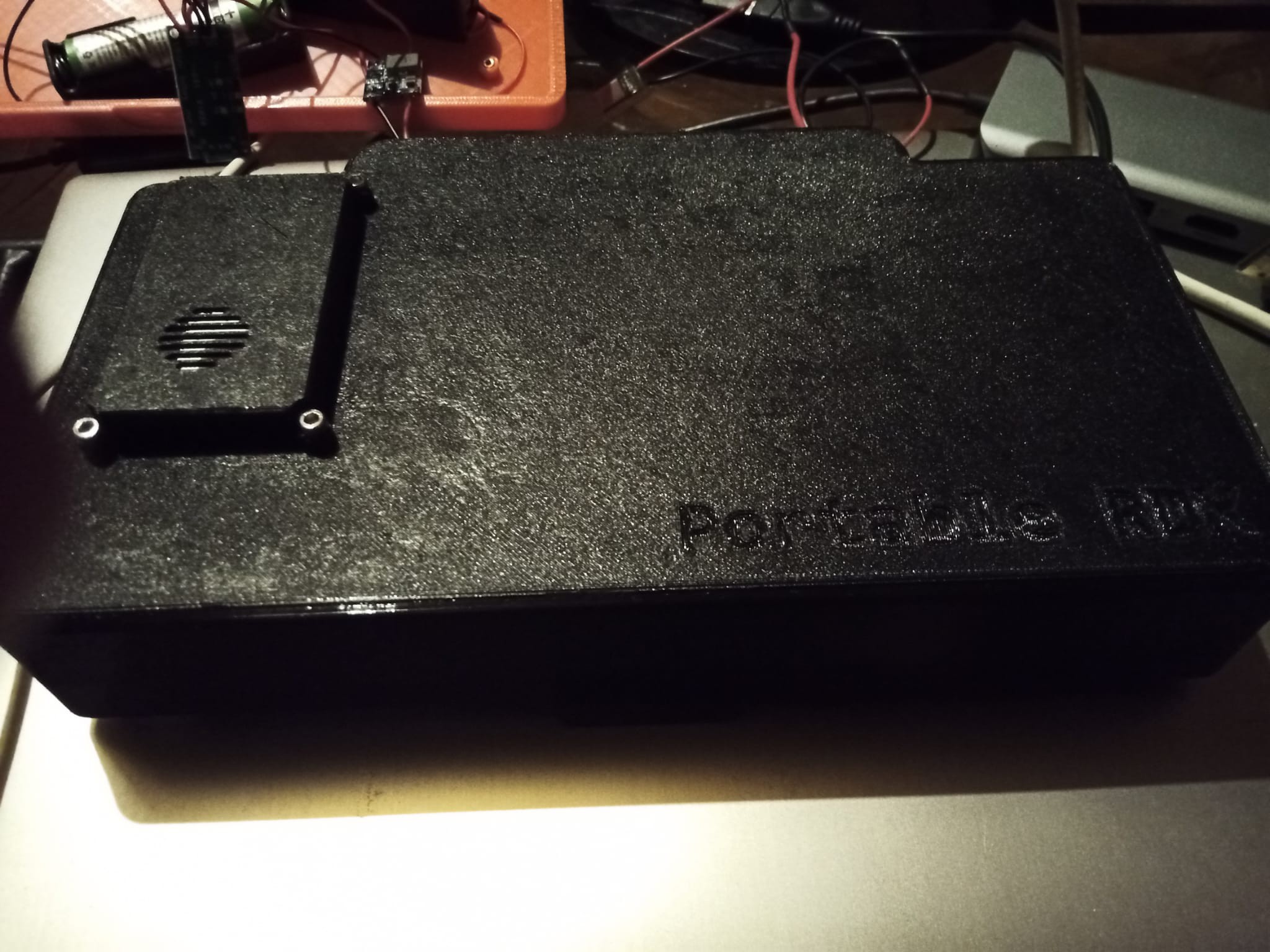
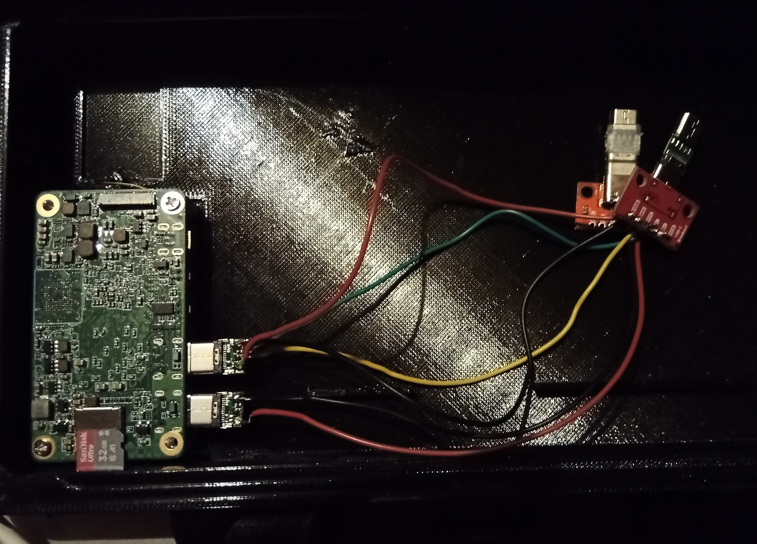
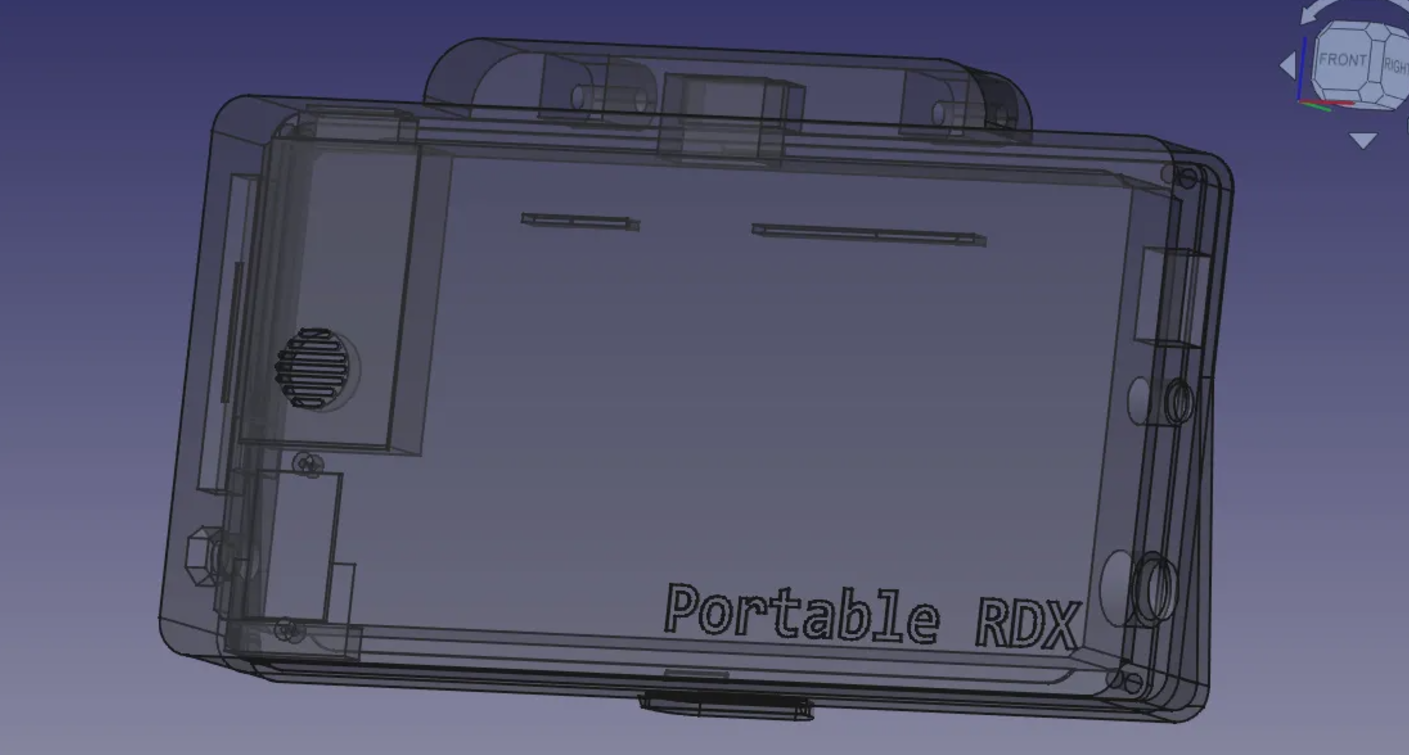



 Raphael
Raphael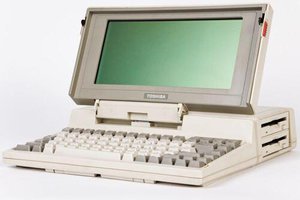

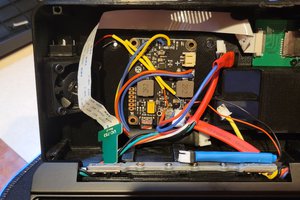
Hello there, I currently upgrading the Design for a radxa zero 2 Pro. I have Tested the battery consumption and it seems ok. I keep you updated. The good thing is only the the Top Part must be redesigned.